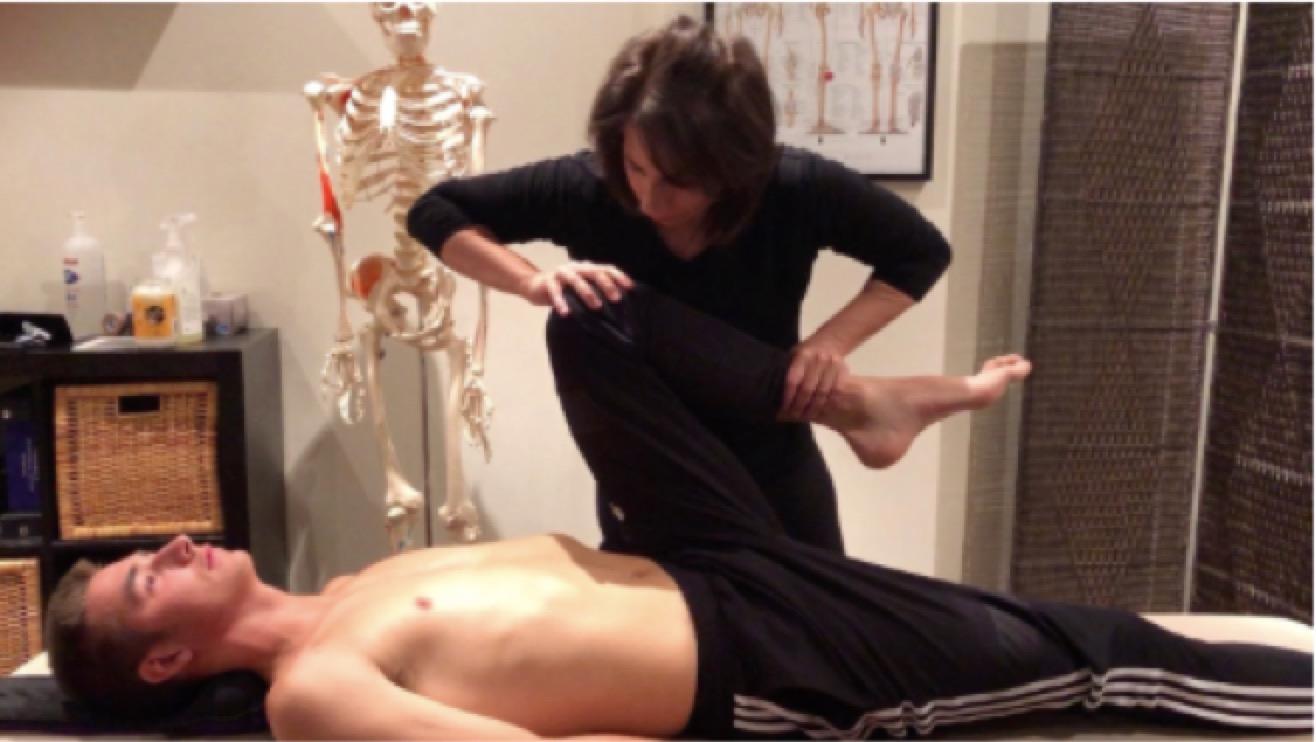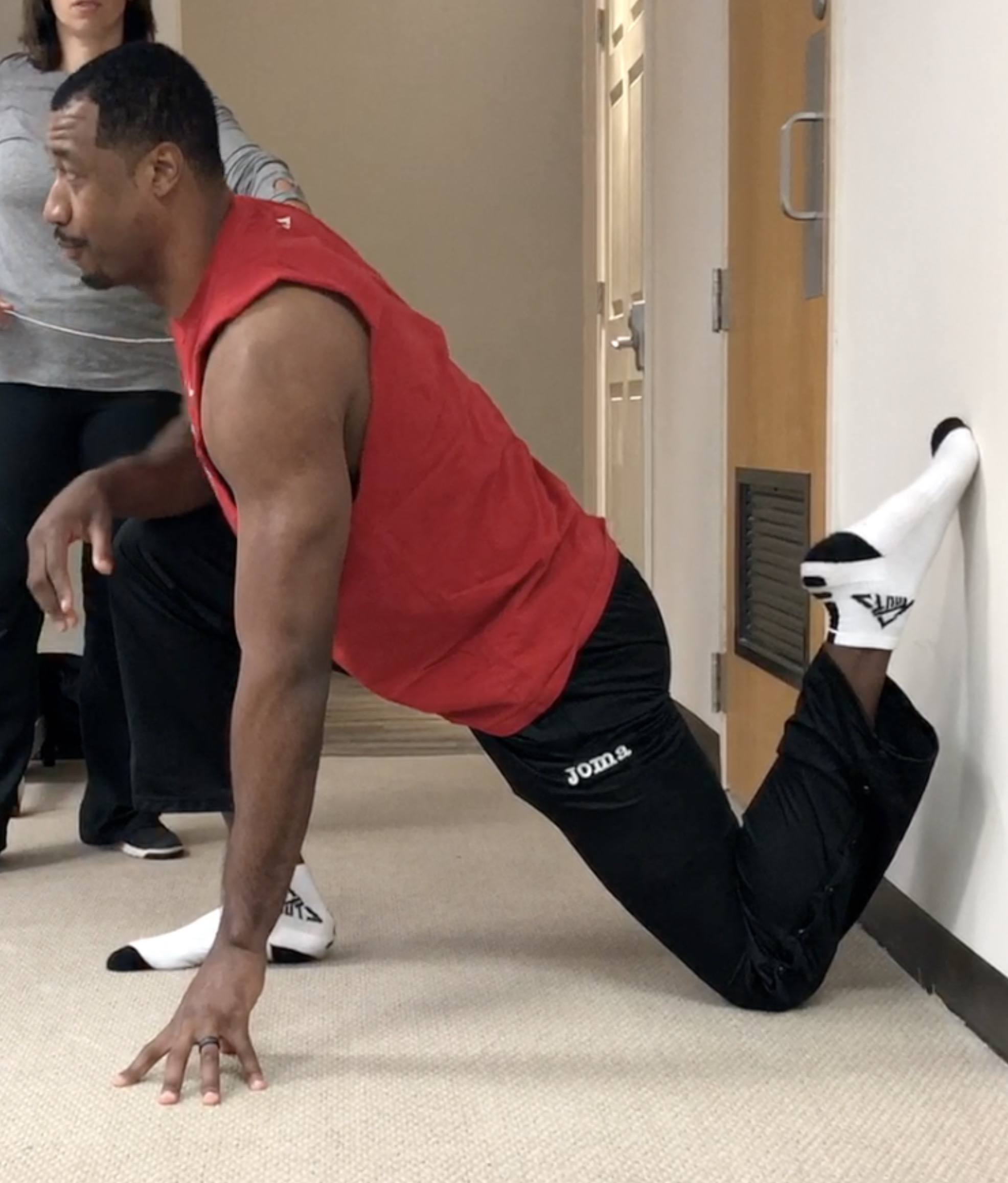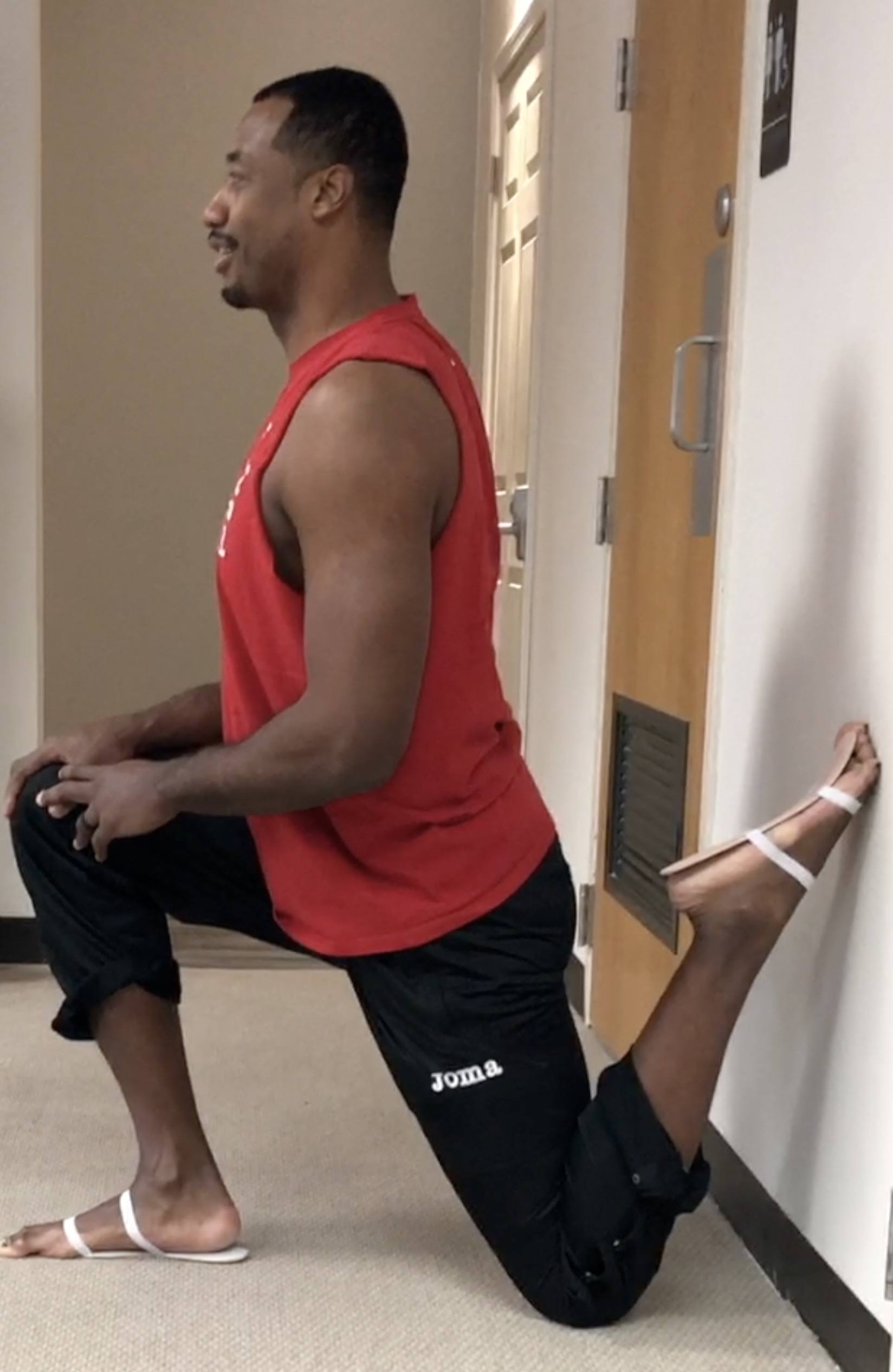3 Exercises To Fix Your Your Anterior Pelvic Tilt
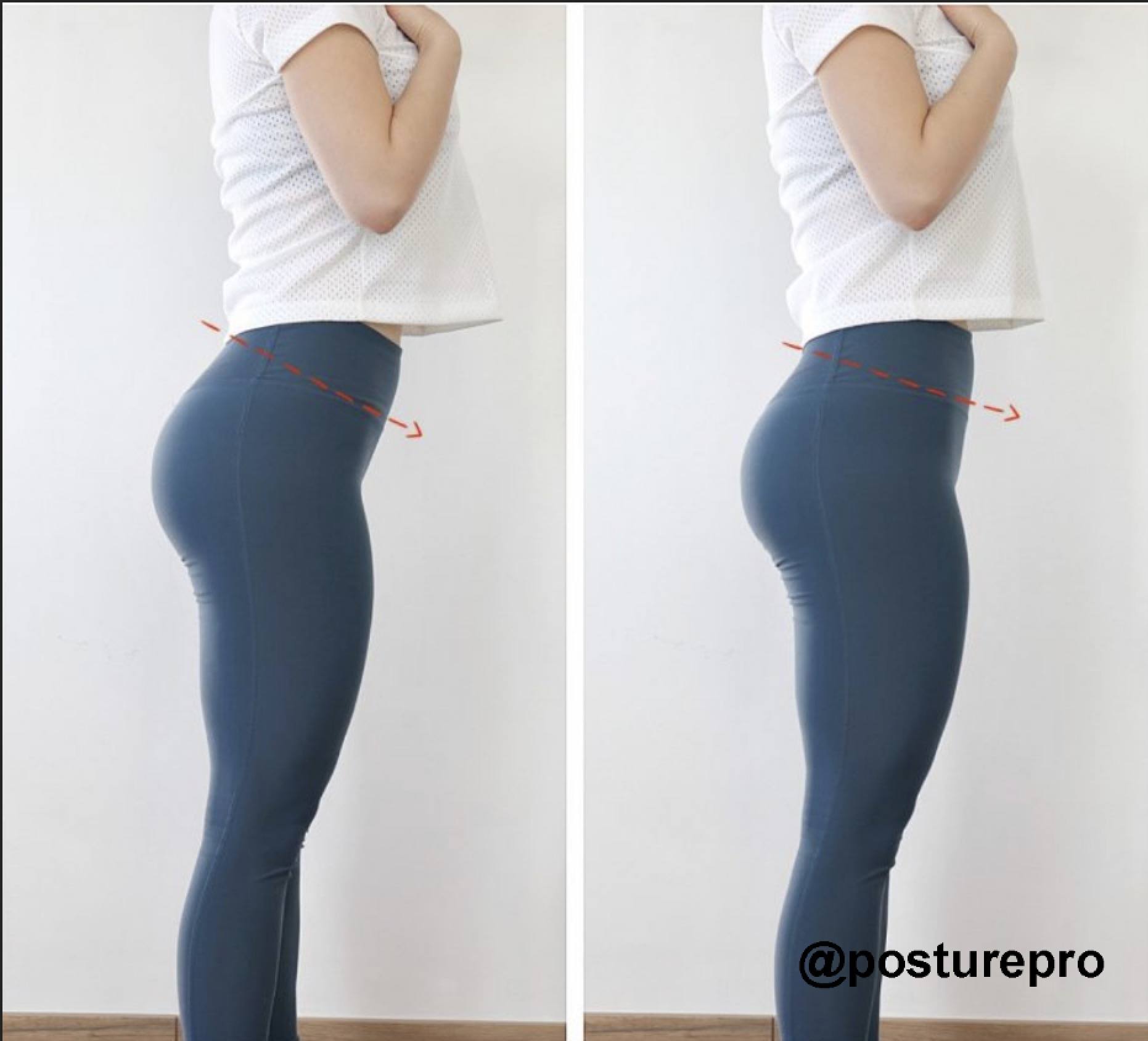
How do you fix your anterior pelvic tilt?
It’s a simple list: You need to regain the balance in your lower body – stretch the tight muscles (hip flexors and lower back) and strengthen the weak ones (glutes and abdominals).
Anterior Pelvic Tilt Test
There’s a simple test you can do to help you determine if you have an anterior pelvic tilt – it’s called the Thomas’ test, named after the British surgeon Hugh Owen Thomas. All you need to do is lie down on a table with your legs hanging off the table at the knee. Pull one knee towards the chest. If the resting leg raises off the table, your pelvis might be incorrectly aligned.
It’s worth noting that the pelvis has a natural forward tilt of about 10 to 15 degrees, which is considered normal.
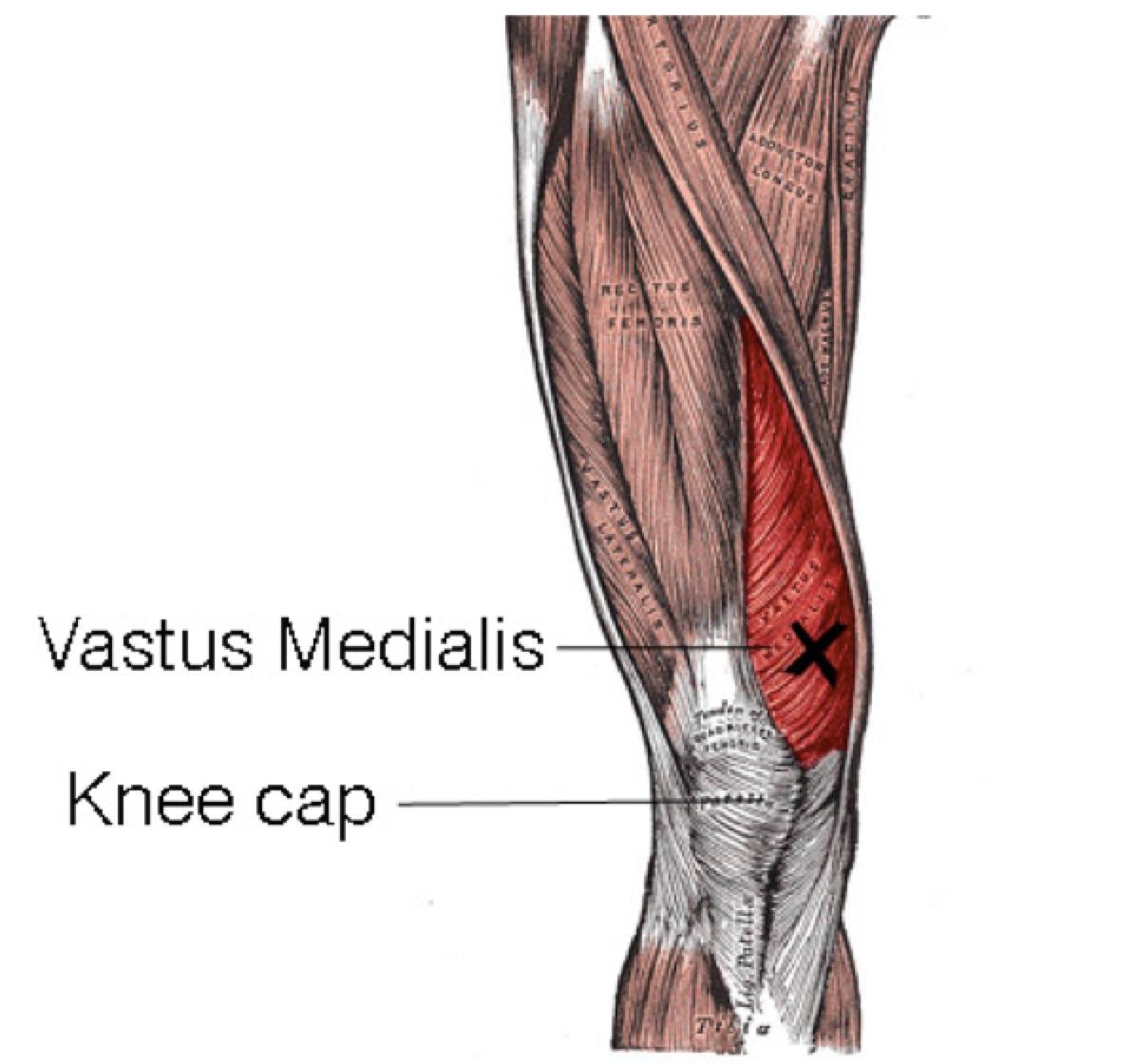
First, let’s cover hip flexor anatomy.
The iliopsoas (most commonly “tight” hip flexor) is composed of two muscles, the psoas and iliacus that share a common to insert onto the hip.
The psoas originates on the vertebral bodies of the lumbar spine and the iliacus originates on the iliac fossa.
The tensor fasciae latae (TFL) originates on the ASIS of the iliac crest and inserts onto the IT band.
The rectus femoris (one of the four quad muscles) also inserts onto the pelvis, making it a hip flexor.
While each muscle functions slightly differently, their overall combination allow them to flex the hip joint, anteriorly rotate the pelvis, and extend the lumbar spine. Due to its’ attachment on the vertebral bodies of the lumbar spine, the psoas also plays an important role in lumbar spine stabilization.
•The psoas muscle is a deep muscle that connects your spine to your leg. In fact, it’s the only muscle that does so. It runs from your lower back through your pelvis, passing to the front of your hip where it attaches to the top of your femur, which is your thigh bone.
•Rectus femoris muscle: This muscle is one of the four quadriceps muscles, attaching your pelvis to the patellar tendon of your knee. Squats and lunges exercise the rectus femoris.
•Pectineus muscle: The pectineus muscle is a flat, quadrangular muscle that lies at the top of your inner thigh, often referred to as your groin muscle. It’s primarily responsible for hip flexion, but it also rotates your thigh and adducts, which means it pulls your legs together when the muscles contract.
•Sartorius muscle: The sartorius muscle is a long thin muscle that runs down the length of your thigh from your pelvis to your knee. It’s the longest muscle in the human body and helps flex the knee and leg.
Most healthcare professionals and biomechanics expert use the Hip Flexor Test or Thomas Test, which is simple, reliable and can be done virtually everywhere. It consist of the one-legged dropdown test where caving in of the knee indicates a weakness of the VMO.
So here’s how it’s done:
The client is asked to lie flat on his or her back.
The examiner flexes one hip bringing the knee to the chest and asks the patient to hold the knee to help stabilize the pelvis and flatten out the lumbar region.
If the leg that is being tested (the leg on the table) does not have a hip flexion contraction it will remain on the testing table. If a contracture is present the leg will raise off of the table.
If the knee can flex to 90 degrees without the thigh rising but the thigh is unable to reach full extension, iliopsoas tightness is present.
Tight hip flexors can:
-Affect your posture
-Create muscle pains
-Cause postural imbalances
-Lead to injuries
@posturepro offers a quicker solution. The first thing we are going to do, and this is very important, is to assess your foot posture and your eye muscles as they play an important role on how your body manages movement.
For proof, here are the results of a test Hip Flexor Overhaul Test performed by experienced basketball player. Here is what his stretch looked like at the beginning of the session.
This time, notice his left hip and back is much straighter It would seem that the Hip Flexor tightness/weakness has been fixed — the type of difference once could ordinarily achieve only through years of training. But this dramatic difference took place after no training at all. The only change we made was to wear proprioceptive insoles and some eye exercises in the session.
Watch the video yourself for proof. In the video on the left, can you see how the forward bend is limited? Now take a look at the other video, he is now able to stand straighter.
What that means is that his brain felt his posture was better aligned, which allowed him to make his movement better.
Through the Posturepro Method, a hip flexor weakness or tightness can improve in just one hour without any training.
Those results are easy to achieve for any trained Posturepro Practitioner and are standard for such a treatment. Our postural insoles are just one of the many modalities by which we use to reset our posture by acting on your nervous system and rewiring all of your body’s neural pathways and sensors, thus changing your strength.
Look up posturepro.co to learn more about how you can bring help your clients achieve total alignment.
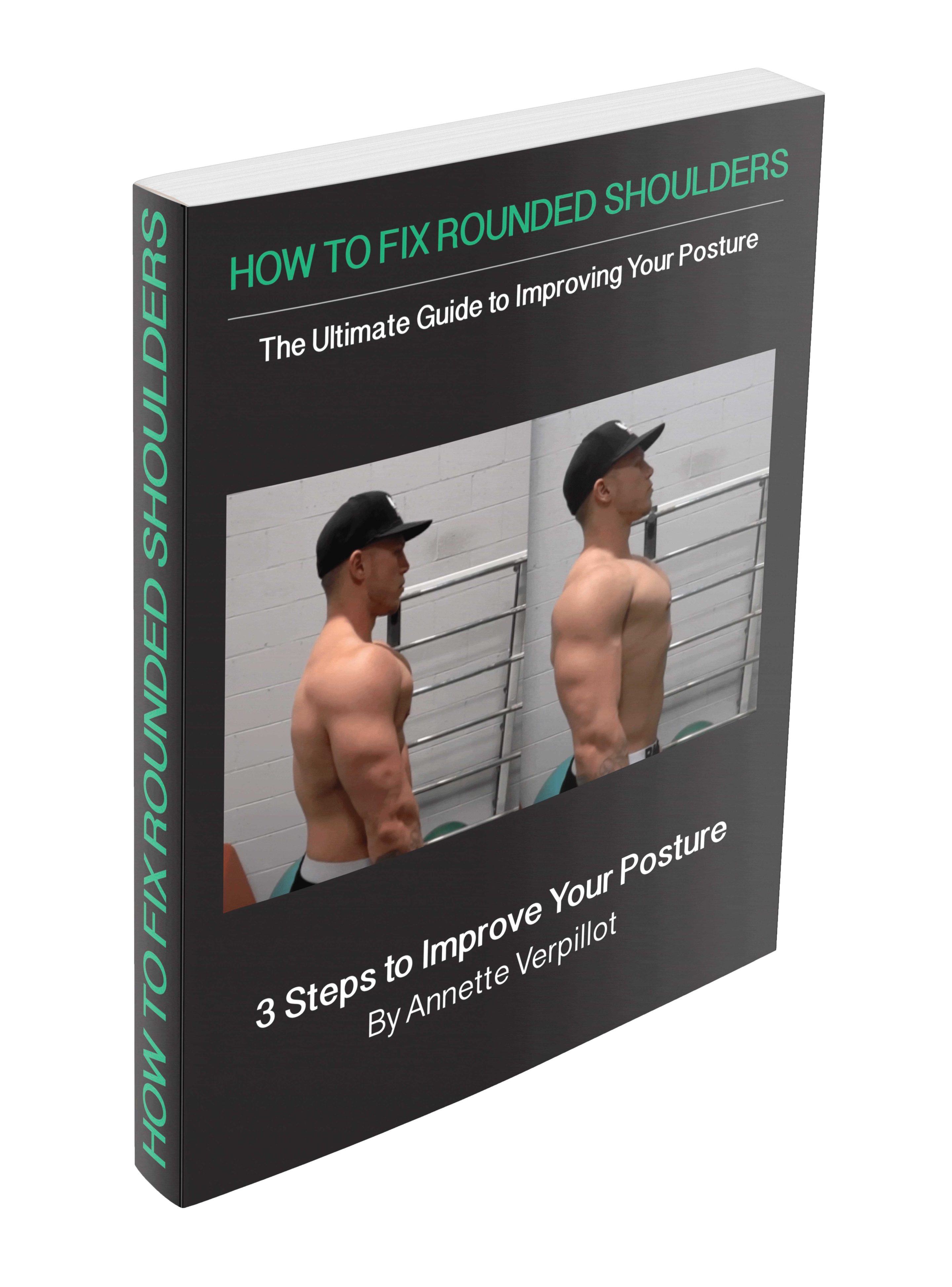
Free Guide: How to Fix Rounded Shoulders
Download a copy of How to Improve your Posture right away by entering your email below:
The causes behind poor posture.
Shoes and gait.
How tongue position and swallowing mechanics affect your body.
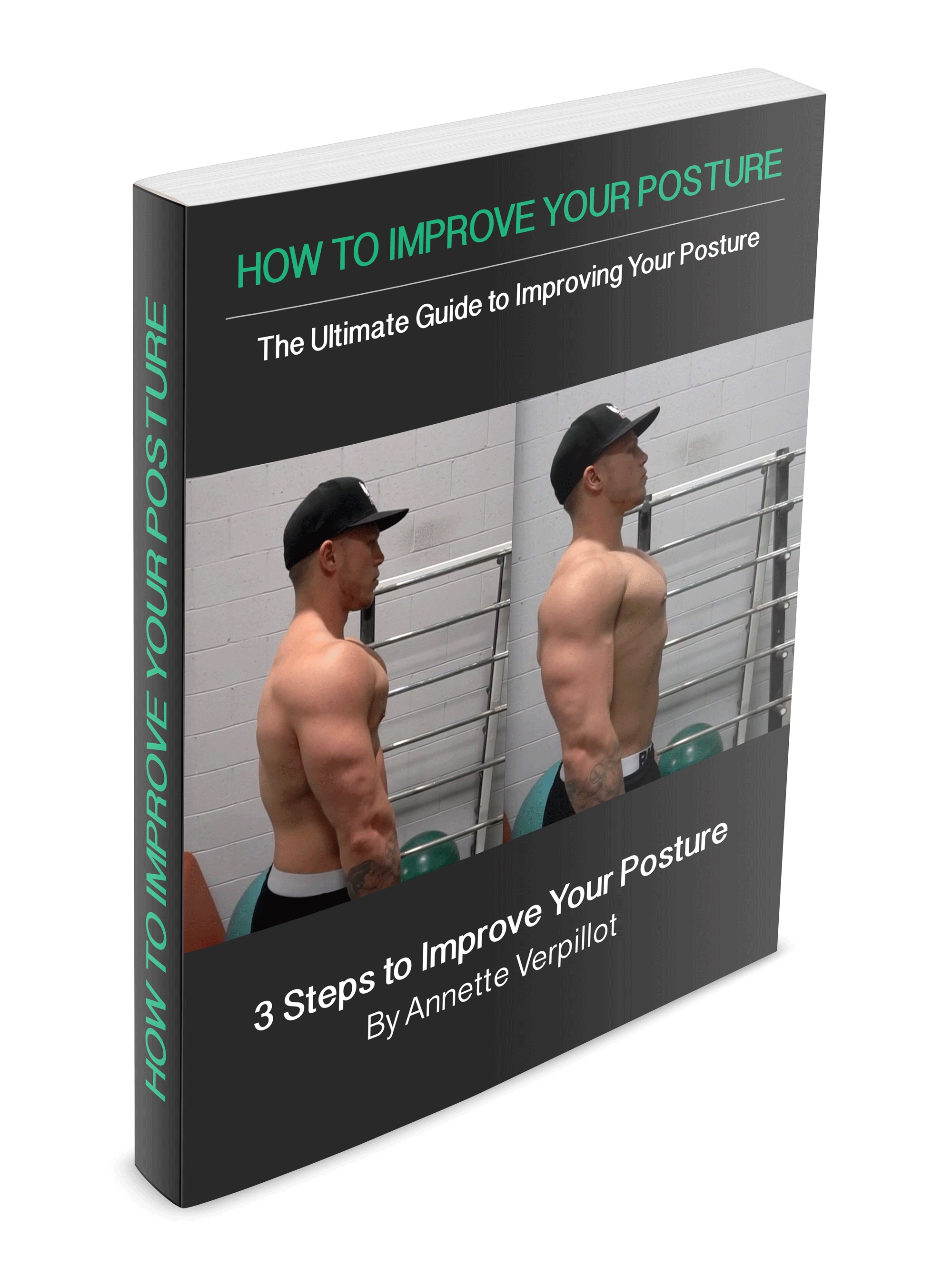
Free Guide: How to Fix Rounded Shoulders
Download a copy of How to Improve your Posture right away by entering your email below:
The causes behind poor posture.
Shoes and gait.
How tongue position and swallowing mechanics affect your body.
QUESTIONS ABOUT OUR PROGRAM?
BOOK A FREE CALL WITH ANNETTE

